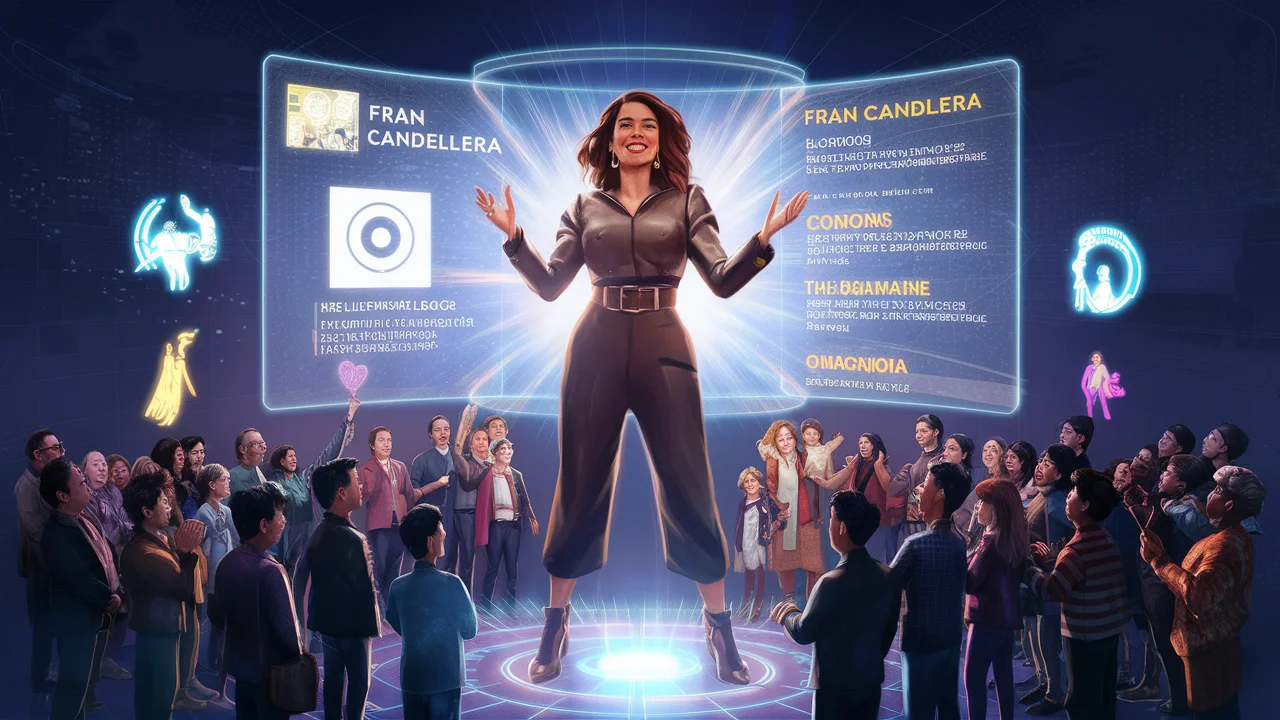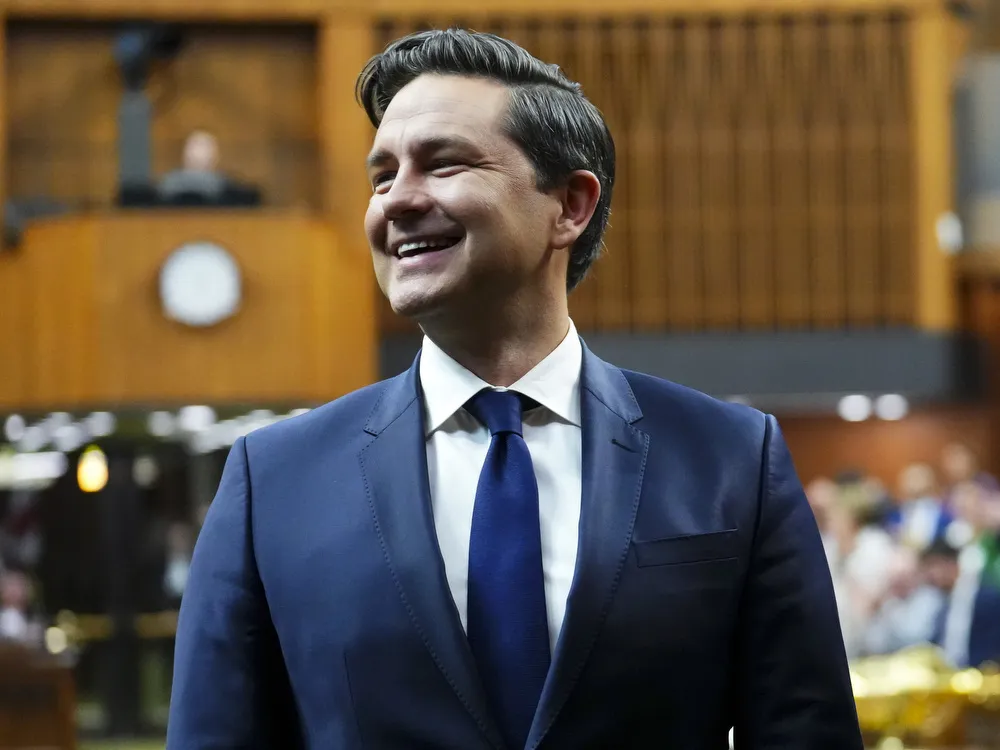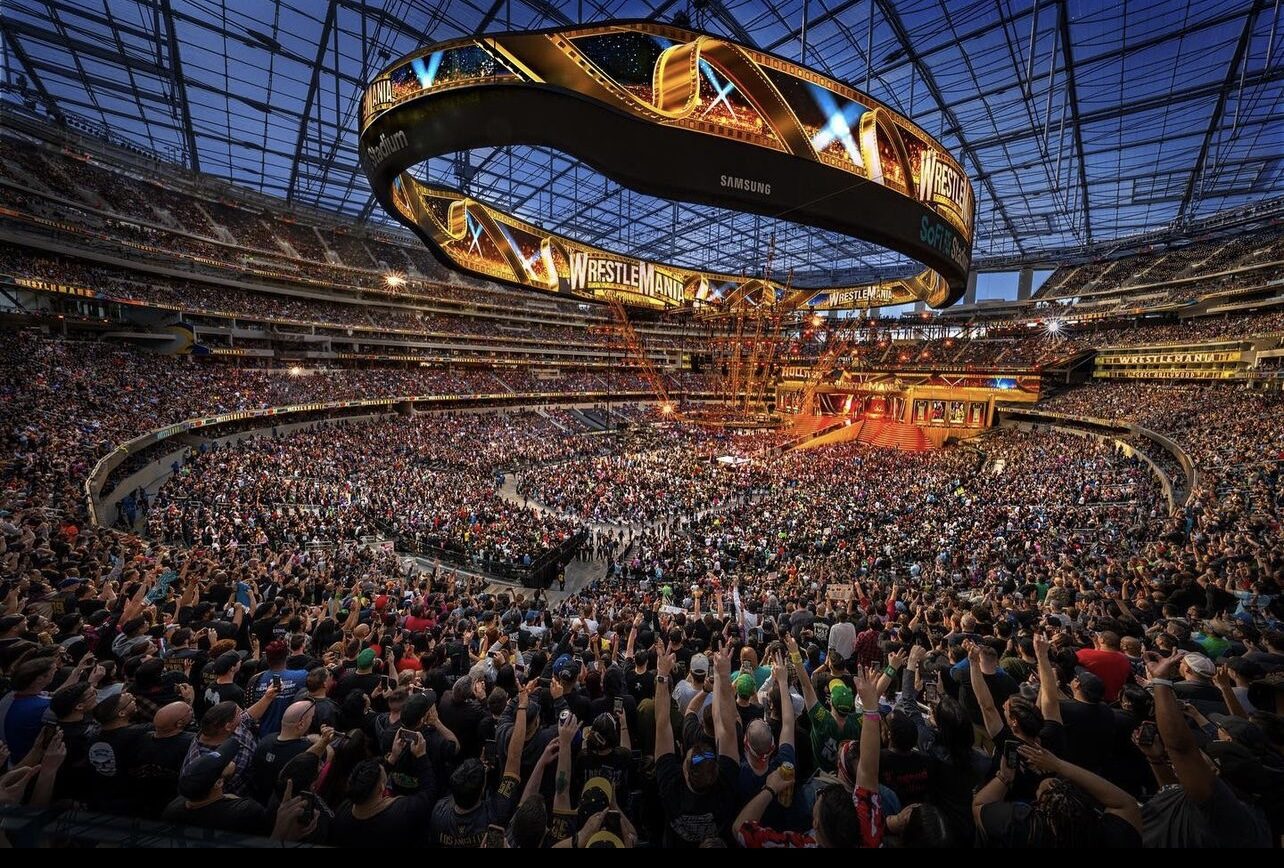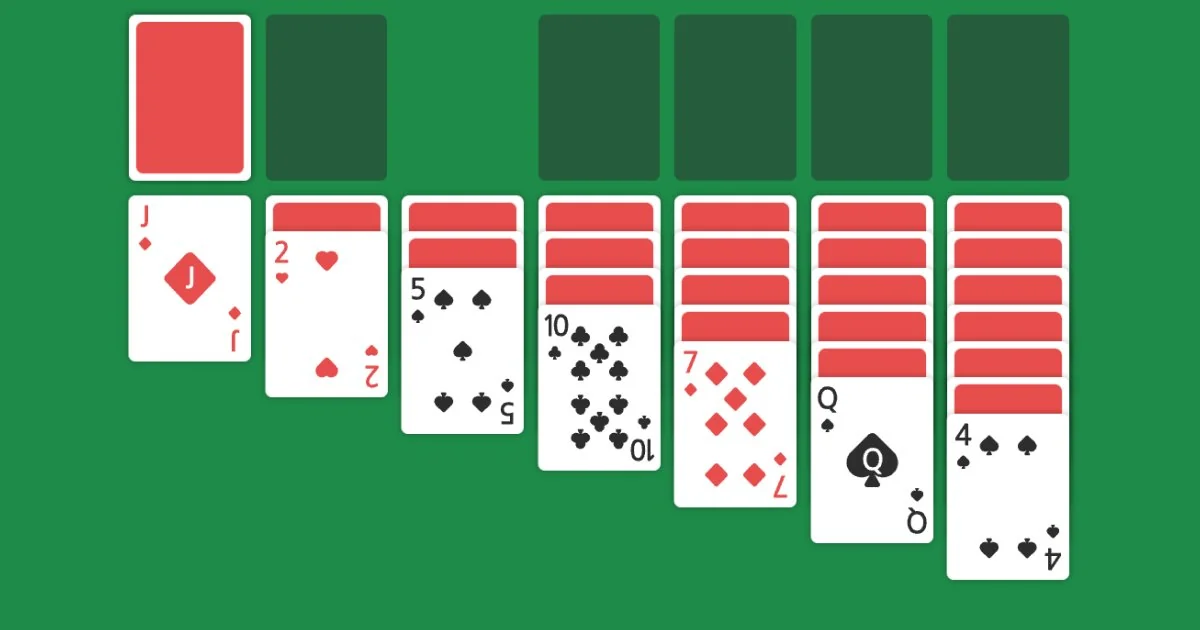
Fran Candelera is a name synonymous with creativity and innovation, widely recognized for his multidisciplinary approach to art and design. His work spans a vast array of mediums, including sculpture, painting, and digital art, often incorporating cultural narratives, personal experiences, and futuristic aesthetics. This article delves into Candelera’s life, career, and artistic contributions, while also examining the broader themes and influences that have shaped his journey.
Early Life and Education
Fran Candelera was born in Spain, where the rich cultural history of his homeland would later play a pivotal role in his artistic development. Growing up in a country that has been a historical melting pot of different cultures—Roman, Moorish, and Christian—Candelera was exposed to a diverse range of architectural styles, artistic traditions, and a vibrant artistic community from an early age. These early influences, especially the art and architecture of cities like Barcelona and Seville, would be formative in his understanding of space, color, and form.
Candelera pursued formal education in fine arts at a prestigious institution, although he has often described himself as largely self-taught when it comes to exploring new mediums. His formal education allowed him to grasp the fundamentals of traditional art forms, Fran Candelera but his innate curiosity pushed him to experiment with digital tools and more avant-garde expressions.
Evolution of Style: From Traditional to Digital
Candelera’s early work was heavily rooted in traditional painting and sculpture, often dealing with classical subjects such as the human form and landscapes. His initial pieces were lauded for their technical proficiency and attention to detail. However, it soon became clear that he was not content to remain within the boundaries of conventional art.
In the early 2000s, as technology began to reshape the art world, Candelera embraced digital tools as a means to expand his creative horizons. He was particularly drawn to the possibilities offered by 3D modeling and digital rendering software. His transition from traditional to digital art was seamless, as he saw it as merely another tool to express his artistic vision. This shift opened up new avenues for him, allowing his work to be more experimental, abstract, and futuristic.
Candelera’s digital art pieces often blur the lines between the physical and the virtual, creating spaces that seem to exist in a realm outside of time and place. His work is characterized by a combination of fluid forms, geometric structures, and intricate patterns, often evoking a sense of both wonder and unease. He plays with light and shadow in a way that mimics traditional painting techniques, but with an added layer of technological sophistication.
Themes in Candelera’s Work
Intersection of Art and Technology
One of the most prominent themes in Fran Candelera’s work is the intersection of art and technology. His embrace of digital tools was not merely a shift in medium but a reflection of his broader interest in how technology affects our perception of reality and identity. He is fascinated by the ways in which the digital world intersects with the physical, often exploring concepts like virtual reality, artificial intelligence, and cybernetics in his pieces.
Candelera’s digital sculptures, for example, often feature humanoid forms that appear to be in the process of transformation—merging with mechanical parts or dissolving into abstract shapes. These works suggest a future where the boundaries between human and machine are increasingly blurred. In this sense, Candelera’s art acts as a commentary on the ongoing evolution of humanity in the face of rapid technological advancement.
Cultural Heritage and Identity
Despite his forward-looking approach, Candelera’s work is deeply rooted in his cultural heritage. He frequently draws on the rich artistic traditions of Spain, incorporating motifs from Moorish architecture, Gothic cathedrals, and the vibrant colors of Spanish festivals. His work often features intricate patterns and textures that evoke the tiled walls of Andalusian palaces or the stained glass windows of medieval churches.
At the same time, Candelera’s work also explores questions of identity in a globalized world. His pieces often juxtapose traditional symbols with modern, globalized imagery, reflecting the tension between maintaining a sense of cultural identity and embracing the cosmopolitanism of the 21st century. This theme is particularly evident in his series of digital paintings, where traditional Spanish landscapes are overlaid with digital grids or disrupted by glitch effects, suggesting the intrusion of modern technology into the pastoral world.
The Human Condition and Emotional Expression
Another significant theme in Fran Candelera’s work is the exploration of the human condition. He frequently uses abstract forms and surreal landscapes to express complex emotions such as longing, fear, and hope. His use of color, light, and texture often evokes an emotional response from the viewer, even in his more abstract works.
In his sculptural work, Candelera often depicts fragmented human figures, suggesting the fragility of the human experience. These figures are sometimes presented in a state of disintegration or transformation, reflecting the constant state of flux that defines human life. His work often explores themes of isolation, alienation, and the search for meaning in an increasingly chaotic world.
Major Works and Exhibitions
“Digital Renaissance” Series
One of Candelera’s most celebrated series is “Digital Renaissance,” a collection of works that merges the techniques and themes of classical Renaissance art with modern digital tools. The series includes digital portraits that evoke the grandeur and detail of Renaissance masters like Leonardo da Vinci and Michelangelo but with a futuristic twist. The subjects of these portraits are often depicted as androgynous, their faces partially obscured by digital glitches or augmented by mechanical components.
This series garnered critical acclaim for its innovative approach to merging the past and the future. It was exhibited in several major cities around the world, including New York, London, and Tokyo, and helped solidify Candelera’s reputation as a pioneer in the digital art world.
“The Fragmented Self”
Another notable work is “The Fragmented Self,” an ongoing series of sculptures and digital installations that explore the theme of identity in the digital age. The pieces in this series often depict human figures that appear to be in a state of fragmentation, their bodies breaking apart into geometric shapes or dissolving into pixels. These works reflect Candelera’s interest in how technology affects our sense of self, suggesting that in the digital age, our identities are increasingly fluid and fragmented.
This series was particularly well-received for its emotional depth and its exploration of contemporary issues such as the impact of social media on self-perception. “The Fragmented Self” has been exhibited in several major art galleries and has been praised for its thought-provoking commentary on modern life.
Influence and Legacy
Fran Candelera’s influence on the contemporary art world cannot be overstated. His pioneering use of digital tools has inspired a new generation of artists to explore the possibilities of technology in their work. At the same time, Fran Candelera his deep engagement with cultural heritage and the human condition ensures that his work resonates on a more universal level.
Candelera’s ability to merge traditional artistic techniques with cutting-edge technology has earned him a unique place in the art world. His work is often seen as a bridge between the past and the future, combining the emotional depth and technical mastery of classical art with the limitless possibilities of the digital age.
Moreover, Candelera has been a vocal advocate for the democratization of art. He believes that digital tools have the potential to make art more accessible to a wider audience, and he has often spoken about the importance of using technology to break down barriers in the art world.
Conclusion
Fran Candelera is a multifaceted artist whose work transcends boundaries—whether they be between traditional and digital art, past and future, or local and global cultures. His innovative approach to art, coupled with his deep understanding of the human condition and his cultural heritage, makes him one of the most compelling artists of our time.
In an age where technology is increasingly shaping our reality, Candelera’s work serves as both a reflection of and a response to the challenges and opportunities of the digital age. Through his art, he invites us to question our relationship with technology, culture, and ourselves, making his work not only visually striking but also profoundly thought-provoking.








